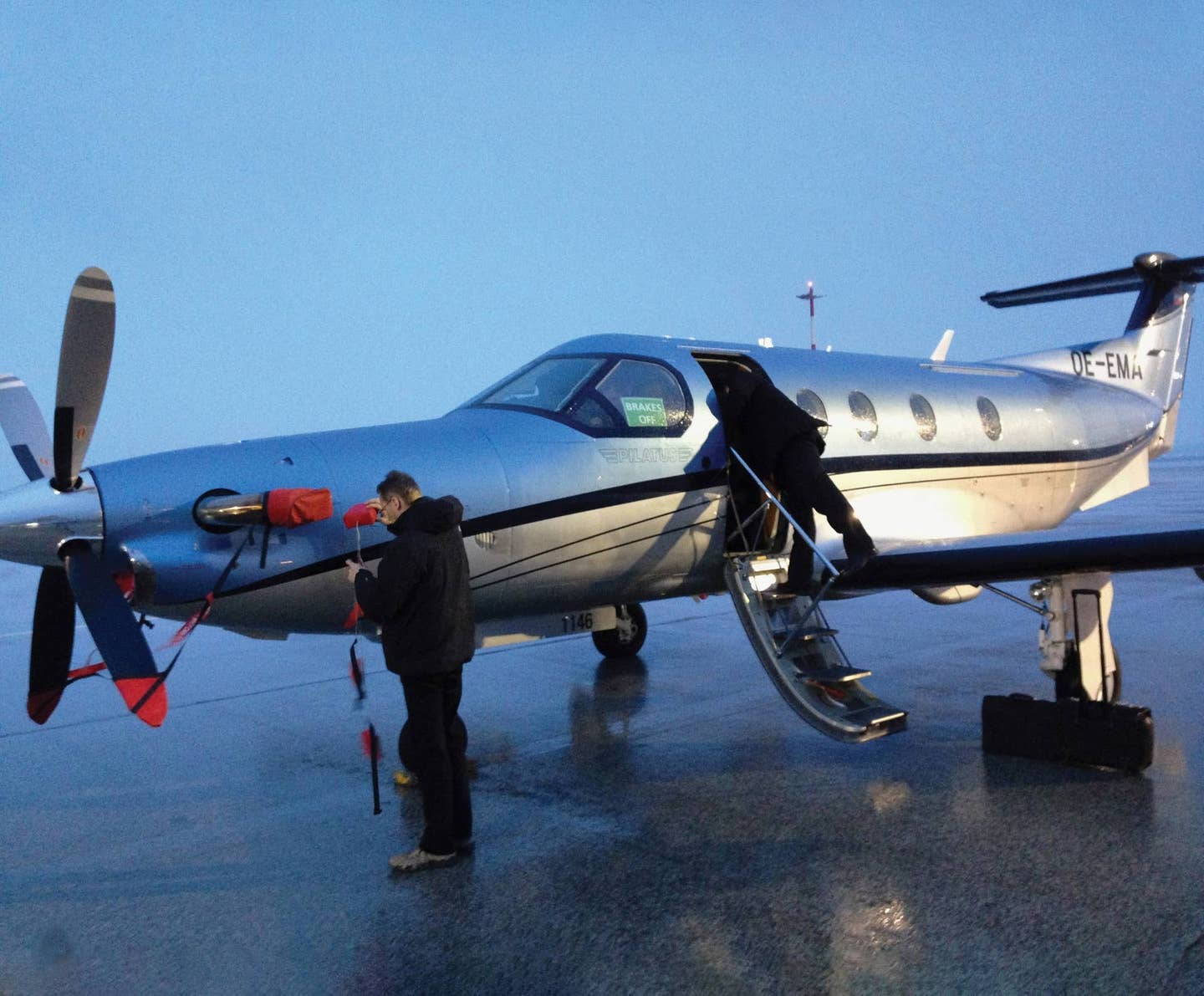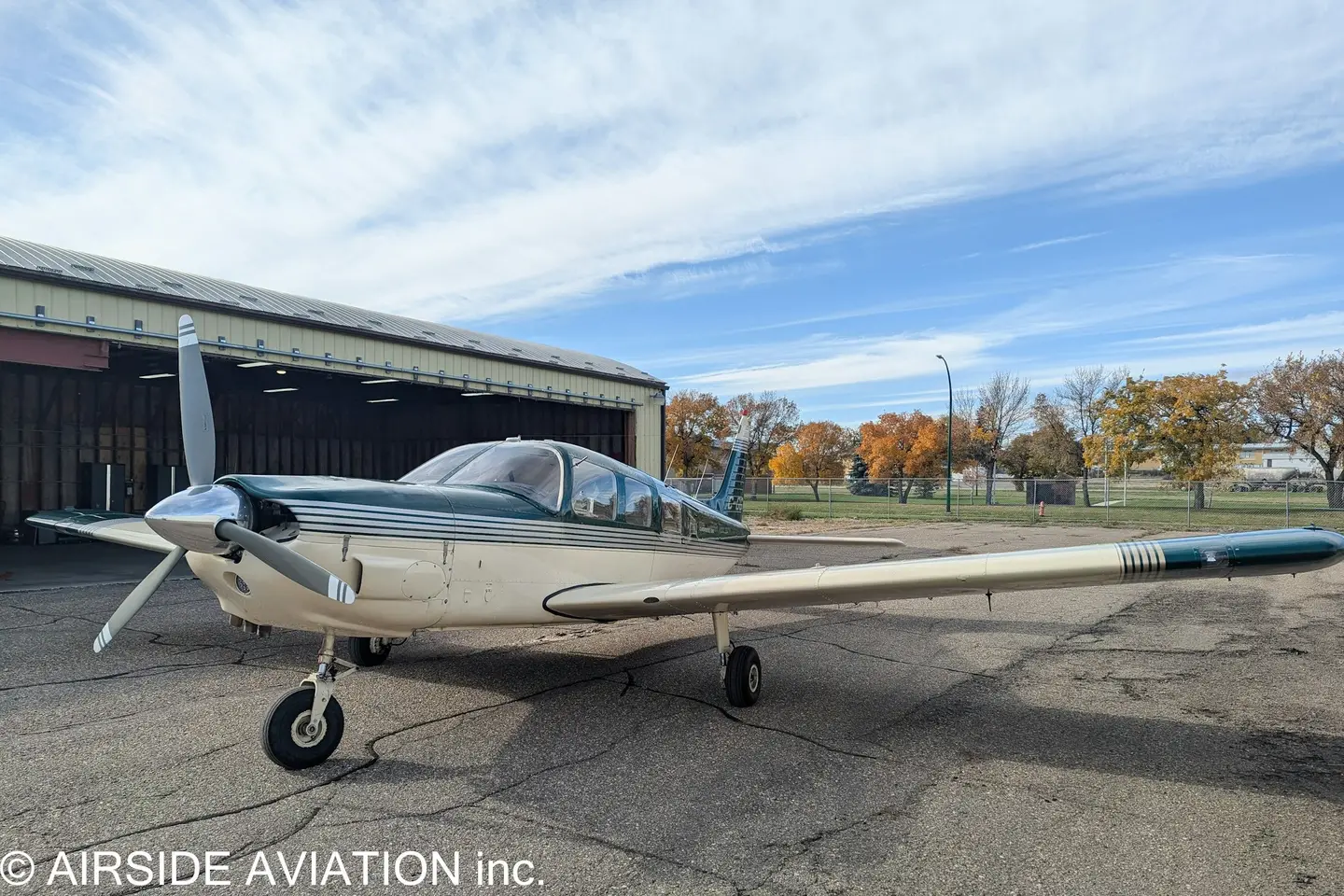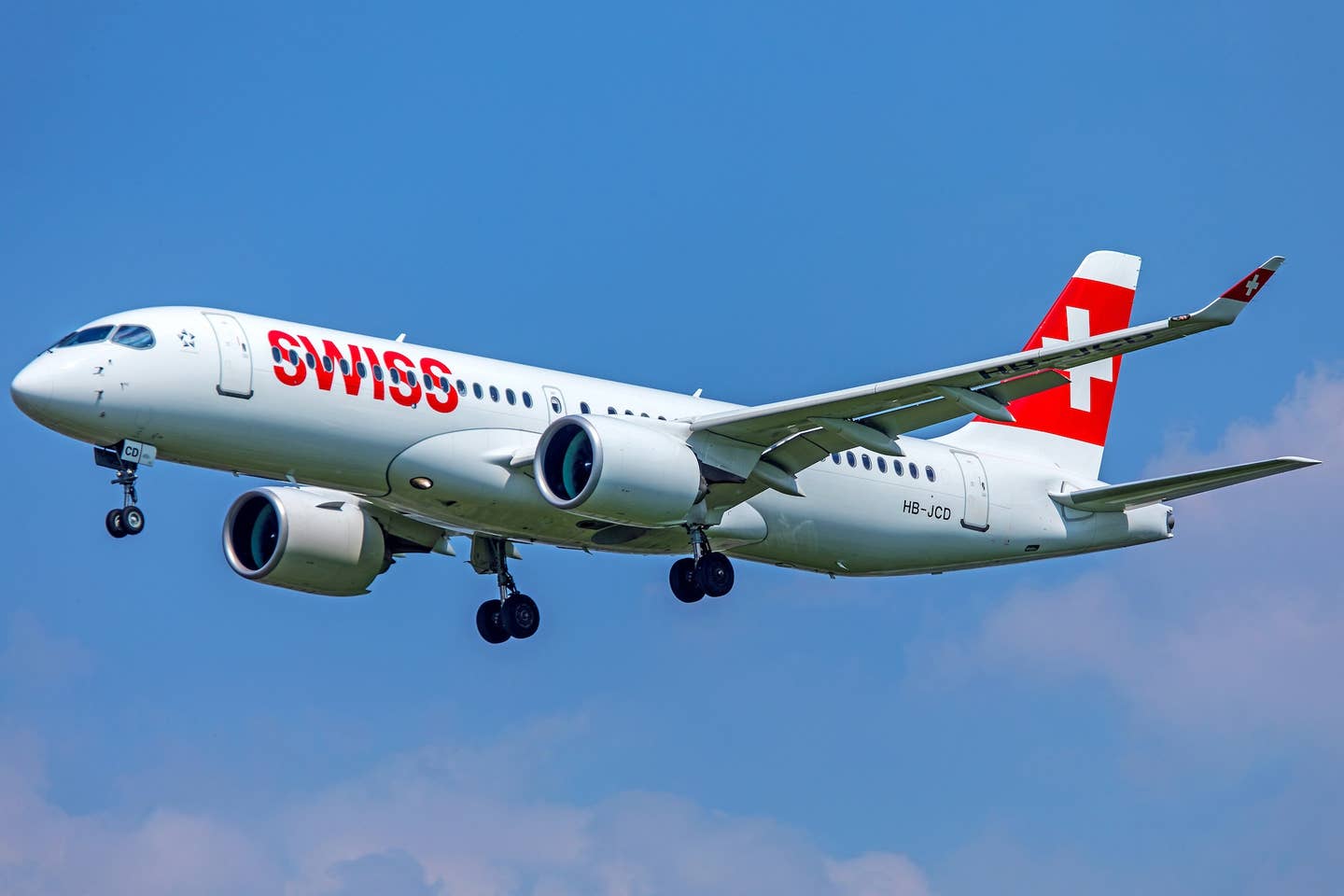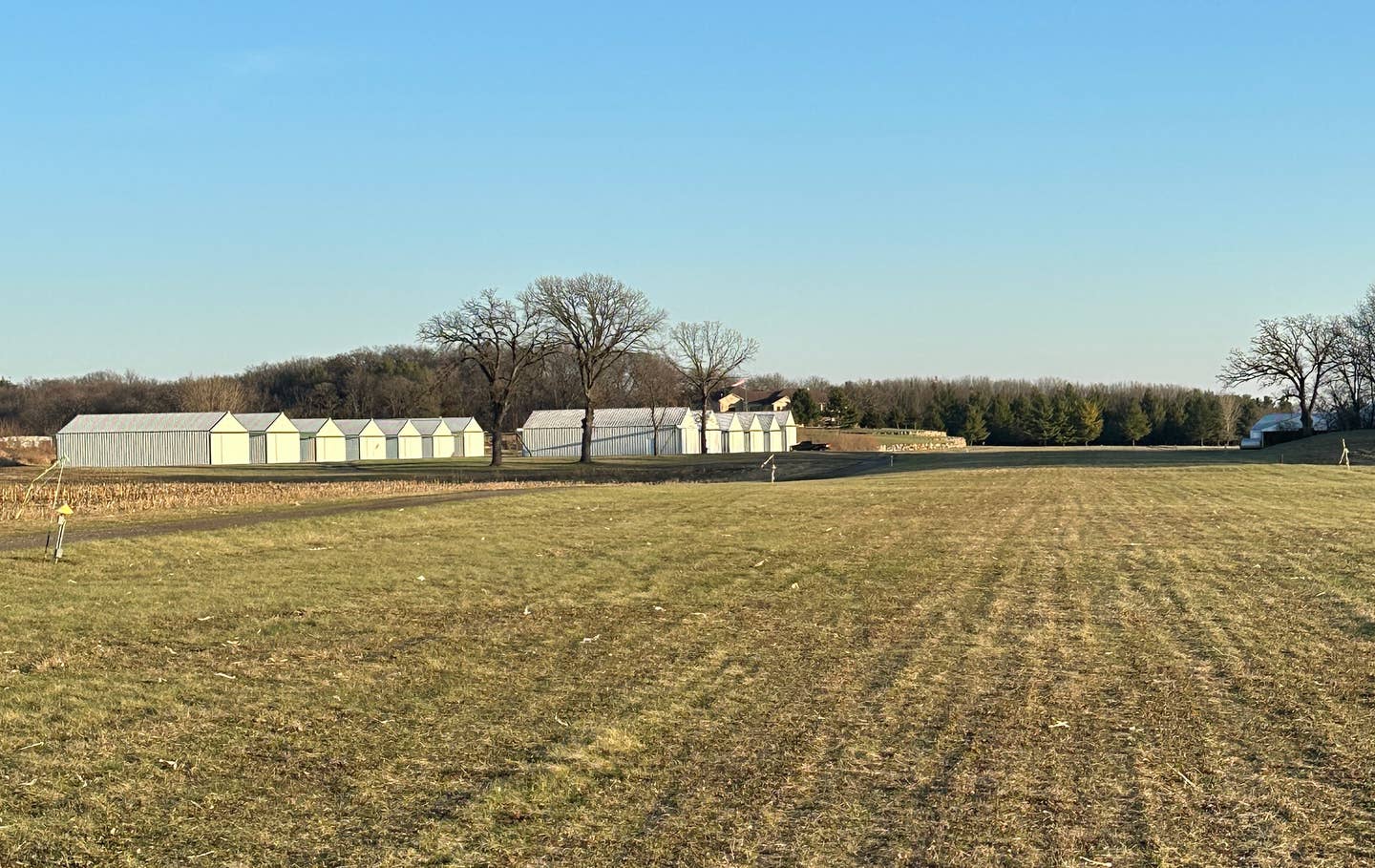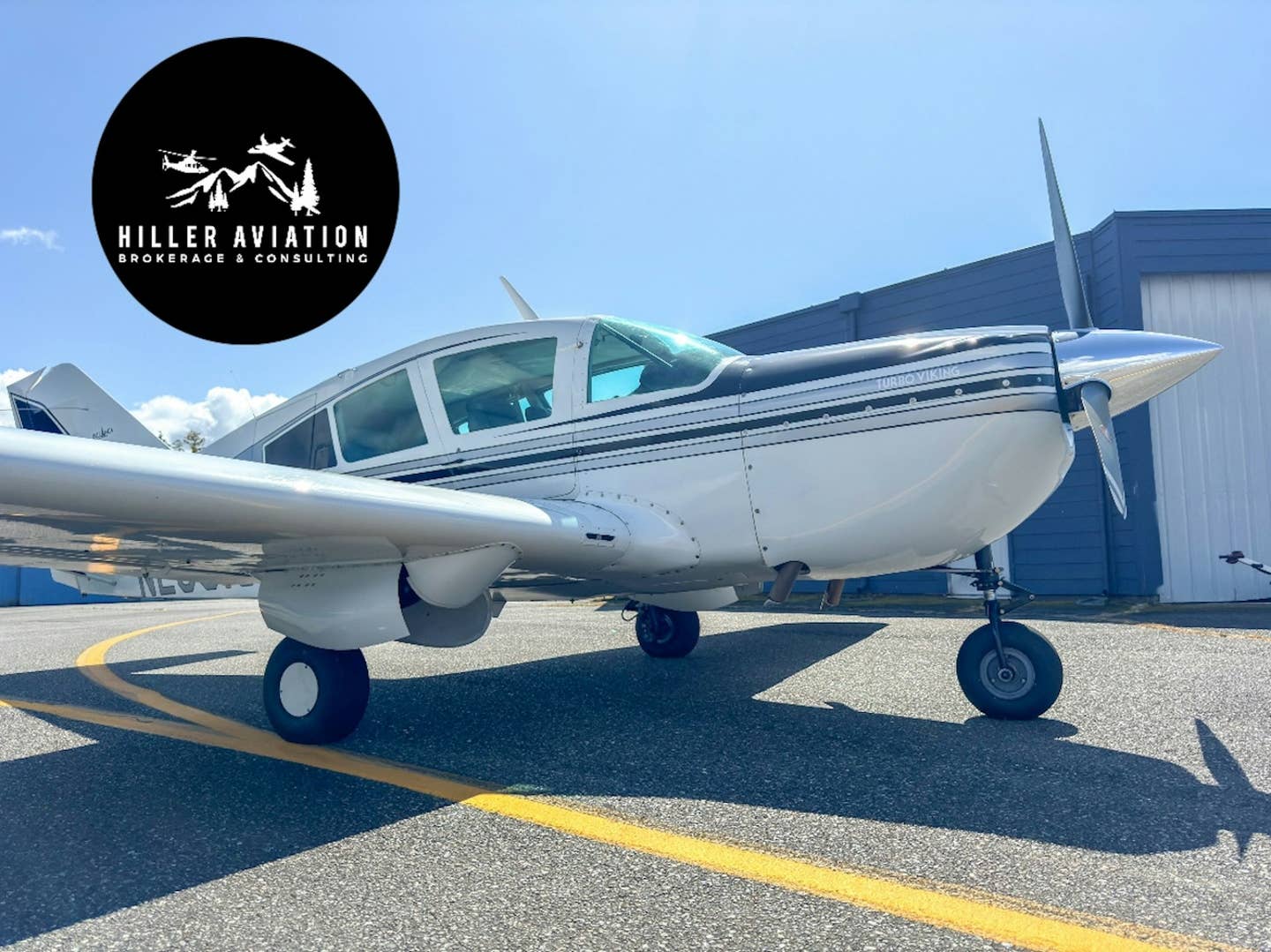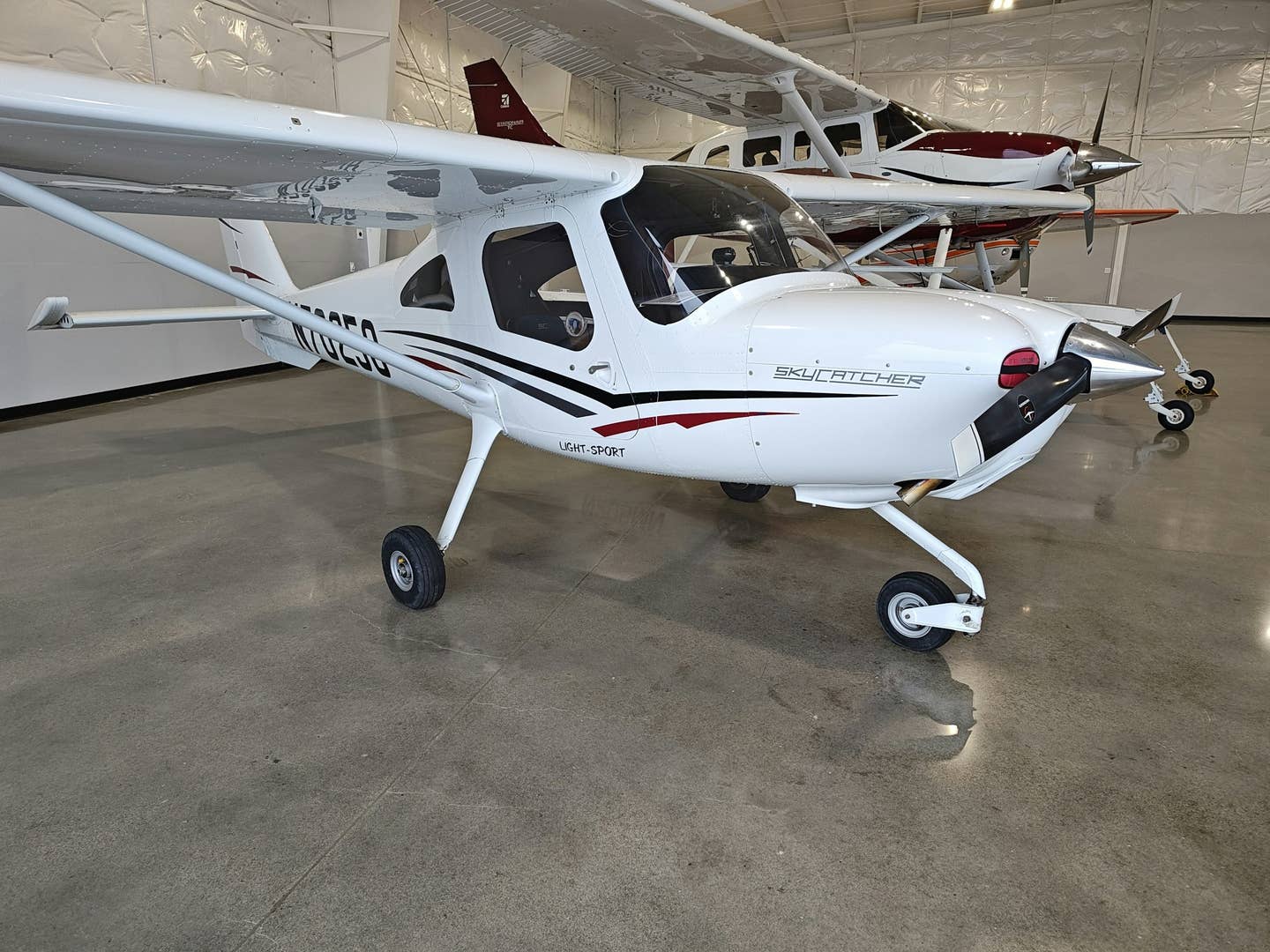
Learjet Model 23 Paul Bowen
The original Learjet Model 23 was certified 45 years ago and the airplane was a visual sensation in the aviation press and even the general news media. Part of the notoriety came from the flamboyant Bill Lear who promoted the airplane -- and himself -- to any and all that would listen. But the Learjet owes much of its mystique to the exotic shape of the original.
The sharp pointy nose, the swept-back windscreen and the bullet-shaped tip tanks all make the Learjet 23 look sleek and low in drag. The T-tail was not common in 1964 and added an advanced appearance compared to the Lockheed JetStar, North American Sabreliner and Hawker Siddeley 125 business jets that were already flying.
And in 1964 a civilian jet was still very new. It had only been about five years since major U.S. airlines put the Boeing 707 and Douglas DC-8 into normal service so the concept of a personal jet was radical, but Lear pulled it off.
Lear staked his claim as being the first to produce a business jet on the fact that the others all began life in response to a military contract proposal. Though the JetStar, Sabre and Hawker all enjoyed success as civilian business jets, they were designed to meet a military demand initially.
But the Learjet was really more personal jet than business jet. Lear capped the takeoff weight at 12,500 pounds to keep the Model 23 under the certification rules in what was then called CAR 3, the rules governing small airplanes. Lear reasoned that by certifying to the same rules that applied to the piston airplanes used for personal and business travel, the Learjet could be flown by a single pilot and not have the same restrictions as transport category jets.
It was a struggle, but the Learjet did make weight coming in with enough useful load for fuel and a couple of passengers. The cockpit was arranged with key instruments and controls on the left side so no copilot would be required. And by all accounts the certification authorities gave serious consideration to single pilot approval, but in the end balked and demanded a crew of two.
The Learjet 23 did deliver performance. Not as much as Bill promised, particularly in range, but the airplane earned the nickname Pocket Rocket. Takeoff and landing speeds were pretty high, but the airplane had so much thrust that it accelerated at astonishing rates. With 5,700 pounds of thrust from its GE CJ-610 engines, the Model 23 had only 2.2 pounds of airplane for each pound of thrust at maximum takeoff weight. In typical business jets the thrust to weight ratio is close to 3.0 pounds of airplane for each pound of takeoff thrust.
With that much thrust the Learjet 23 climbed to and stayed at its certified ceiling of 41,000 feet on even the shortest flights. That got the airplane above all the traffic of the time, but more importantly it slaked the mighty thirst of the turbojet engines that burned more at idle on the ground than a modern turbofan of similar power burns in cruise. The CJ-610 was a civilianized version of the engines that power the supersonic T-38 trainer, minus the afterburner. I wonder if Bill ever considered burners for his jet? It wouldn't surprise me.
The original Learjet company flamed out quickly after about 100 Model 23s were built in the first year. The actual number is in dispute. The company crashed financially and no more 23s would be built.
What followed after a financial rescue by Gates Rubber was the Model 24, a Learjet that externally looks very much like the original with almost identical shape and size. But the systems and some structure were changed to meet the tougher requirements of transport category certification standards. The airplane was stretched to make the Model 25 series, and the wing was extended and new Garrett TPE331 fan engines made the 30 series. A much larger cabin and winglets on the wing are the basis for the 55 and 60. And now the 40 series, the first all-new model since 1964 to carry the Learjet name, flies on and is the star of some of Paul Bowen's photos in the related articles below.
Whether by accident, or Bill Lear's very clever intent, all Learjets have had "the look" that a camera loves. And the illustrations of the new all-composite Learjet 85 that is in development show that it will continue the family trait of looking good on the fashion runway, airport runway, and in the air.
Also read these related stories:

Sign-up for newsletters & special offers!
Get the latest FLYING stories & special offers delivered directly to your inbox

